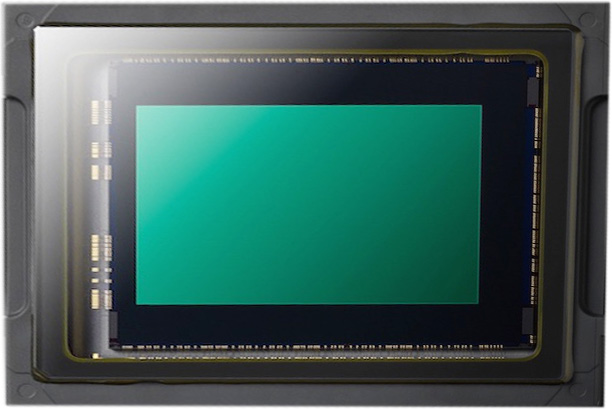[16:44 Tue,2.March 2021 by Thomas Richter] |
Now it&s finally here, DJI&s first FPV drone specialized for first-person flights, including a new controller and the DJI FPV Goggles V2 - many facts were already known in advance through leaks, but the new information includes the different flight modes. Unlike traditional camera quadcopters, the DJI FPV is designed entirely for immersive flight in one direction - that&s why the main camera, whose images the pilot uses to control the drone, is integrated on the front at the top of the drone&s housing and is protected by a transparent lid. 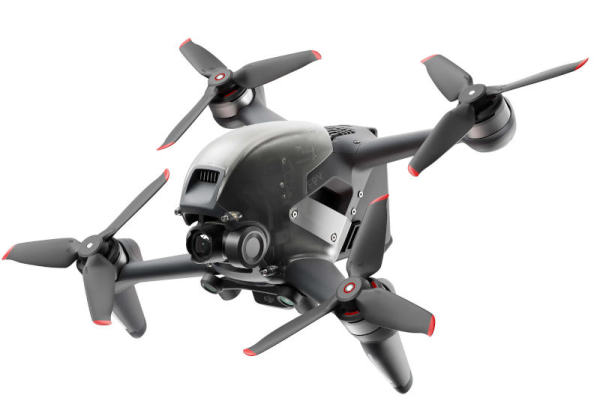 DJI FPV Drone The FPV Camera. Here we can see the big difference from DJI&s other previous drones, such as the The DJI FPV&s camera, on the other hand, with a 150° field of view, is the pilot&s "eye" during FPV flights with the help of the FPV Goggles V2, where it is necessary to react quickly to obstacles appearing in the direction of flight, all the way forward - it can only be moved by up to 70° up and -65° down via 1-axis gimbal. To provide the pilot with perfectly immersive images even during fast flights, live transmission of flight images from the drone to the FPV Goggles V2 is possible in FullHD at 120fps in real time. 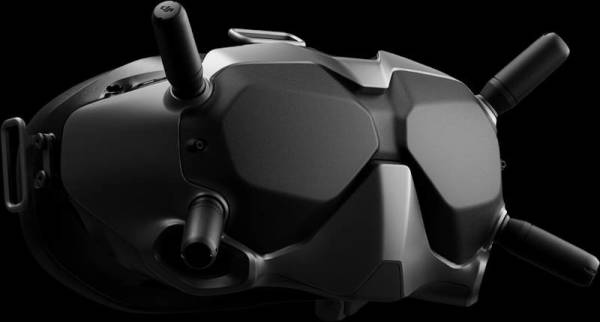 DJI Goggles V2 In order to make collisions not only dependent on the skill of the pilot as the main camera still supplemented by several obstacle sensors attached to the front and bottom of the drone, which allow automatic avoidance of obstacles. To be distinguishable from other drones, for example in races, it has colored LEDs on the front and boom arms, which can be customized in color. The FPV flight modes. To cater to the varying experience and skill levels of all potential pilots, there are three different flight modes, each with a different emphasis on. For example, Hybrid Flight Mode S combines the freedom of manual flying with simplified traditional DJI controls, delivering FPV footage with a dynamic look. N mode is ideal for new pilots and offers flight via traditional drone control as well as DJI safety features like obstacle detection. M mode is more for professionals who want full manual control of their drone for the best FPV flying experience. In this mode, the DJI FPV can accelerate from 0 to 100 km/h in 2.0s - the maximum descent and climb speed are not limited, unlike the other modes. For optimal flight preparation, there is the 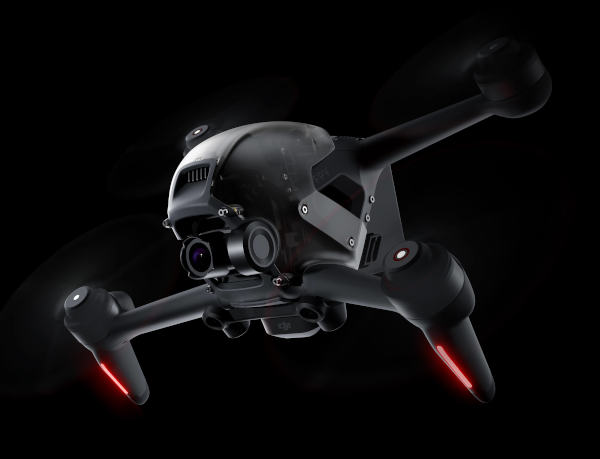 Flight Safety. For flight safety, there is an automatic obstacle avoidance function as well as a warning of the pilot of manned aircraft in the vicinity by the integrated ADS-B (Automatic Dependent Surveillance-Broadcast) sensor. To avoid putting the drone in danger in dicey situations, there is an extra button for an emergency brake function that stops the drone immediately and puts it into a stable hover mode. In addition to this, there is also an intelligent return function that automatically returns the drone to the launch site on demand, loss of signal or when the battery is low. The technical specifications of the DJI FPV. The DJI FPV (model name FD1W4K) weighs about 795 grams and reaches a maximum speed of 140 km/s - the maximum flight altitude is 6,000 MEter. The camera has a 1/2.3" CMOS sensor with 12 million pixels and an f/2.86 lens with a 150° field of view. It can, of course, be used to record video of flights just like all other DJI drones - the difference is the front-mounted camera, which is specialized for recording from the drone&s first-person perspective. It can record video up to UltraHD 4k at 50/60fps with a bitrate of 120Mbps, 120fps in 1080p FullHD for 4x slow motion, and 12MP (3,840 x 2,160) photos. The recording format on microSD card is MP4 or MOV - compressed in either AVC/H.264 or HEVC/H.265. The new RockSteady stabilization ensures smooth images. The ISO range is 100 to 3200 and the electronic shutter has shutter speeds from 1/8000 to 1/60 second. The DJI FPV can stay in the air for about 20 minutes on one charge of its 6S LiPo battery with a capacity of 2000 mAh. New FPV controller, motion controller and goggles. Completely new is the optional motion control unit (aka motion controller), which should make flying extremely intuitive - with its help, the drone can be directly controlled by natural hand movements. 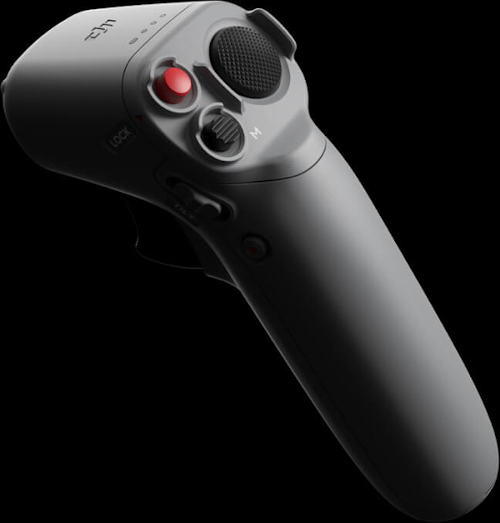 New Motion Controller The new controller (model FC7BGC) weighs 346 grams and looks very similar to a gamepad with its two handles and buttons on the back - it has two detachable joysticks, as already known from other DJI controllers. The new DJI FPV Goggles V2 for controlling the drone from a first-person perspective look very similar to those of the first generation, but allow better transmission of the image with now up to 120 fps in FullHD. By means of the spectator mode, someone can participate directly in the flight via a second set of goggles. OcuSync 3.0 Brand new is the image transmission system OcuSync 3.0, which has been specially adapted to the requirements of FPV flight and therefore has an extra low latency of only 28ms and is supposed to deliver clear images with 50 Mbps in real time up to a distance of theoretically 10 kilometers - in Europe, however, it is probably only 6km. For optimal image transmission, it automatically switches between the 2.4 and 5.8GHz frequencies - for better control and image transmission, the DJI FPV has three transmitters and four receivers. Spare Parts Since FPV drones are particularly crash-prone, DJI has placed special emphasis on a modular design during the development of the DJI FPV, which simplifies the replacement of various elements. For example, the gimbal camera, the landing gear or the top shell are easily replaceable. 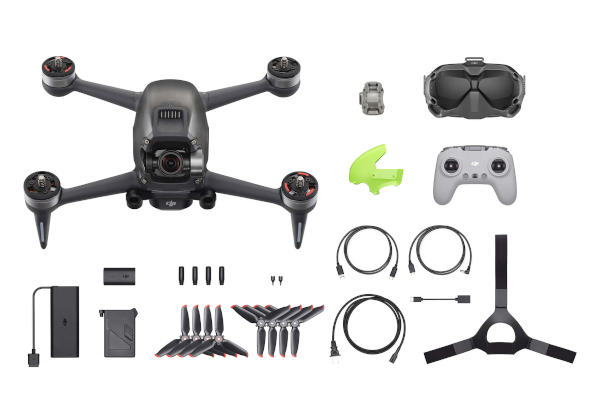 DJI FPV Combo Price and Availability. The new DJI FPV costs 1,349 euros as a combo with the remote control , the Goggles V2 as well as cables, some spare parts and batteries. The new deutsche Version dieser Seite: DJI FPV: Neue FPV-Drohne mit OcuSync 3.0 ist bis zu 140 km/h schnell |





